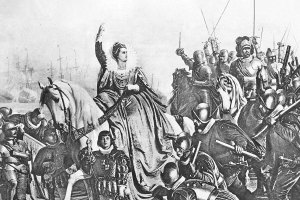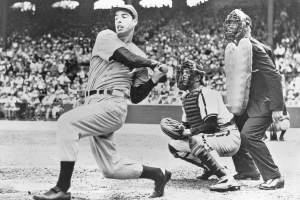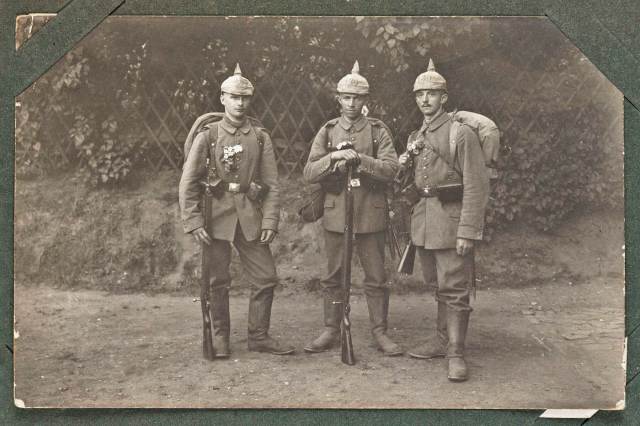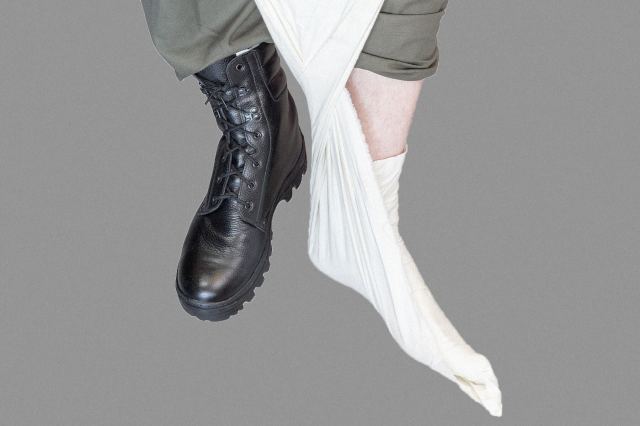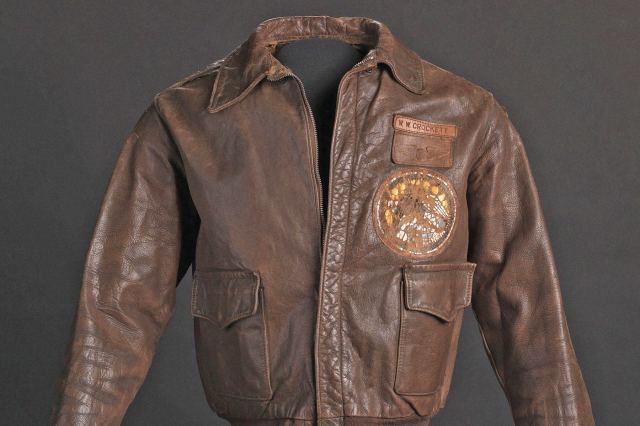A Fascinating Look at World War-Era Military Uniforms
Vehicles and weaponry attract much wartime attention, but failing to give proper consideration to uniform design can spell disaster. Take, for instance, World War I, when the French army ignored war minister Adolphe Messimy’s warning about the country’s insistence on retaining the conspicuous red coloring of its historic pantalon rouge uniforms, despite his pointed admonishment: “This stupid blind attachment to the most visible of colors will have cruel consequences.” The French went on to suffer heavy casualties at the outset of the war, and switched to issuing horizon blue uniforms in 1915. The importance of uniforms became apparent to the Soviet Union as well, when soldiers suffered frostbite and other cold injuries during the Winter War against Finland at the start of World War II.
Both world wars created shifts in uniform design that were sometimes innovative, sometimes bizarre, and in some cases, enduringly impactful to civilian fashion. These are some of the more notable facts about military uniforms from the two world wars.

WWI Marked the U.S. Army’s First Monochromatic Uniform
The uniform worn by the United States Army in the First World War was called the M1910 uniform. In addition to being the Army’s first single-color uniform — allowing for better camouflage and easier manufacturing — it was also the first time the standard olive drab uniform was worn during a war (though the Army switched to khaki-colored cotton uniforms during the summer). The M1910 was also notable for not including any blue outerwear or pants, which had been a part of every United States (or Continental) Army uniform since the Revolutionary War.







